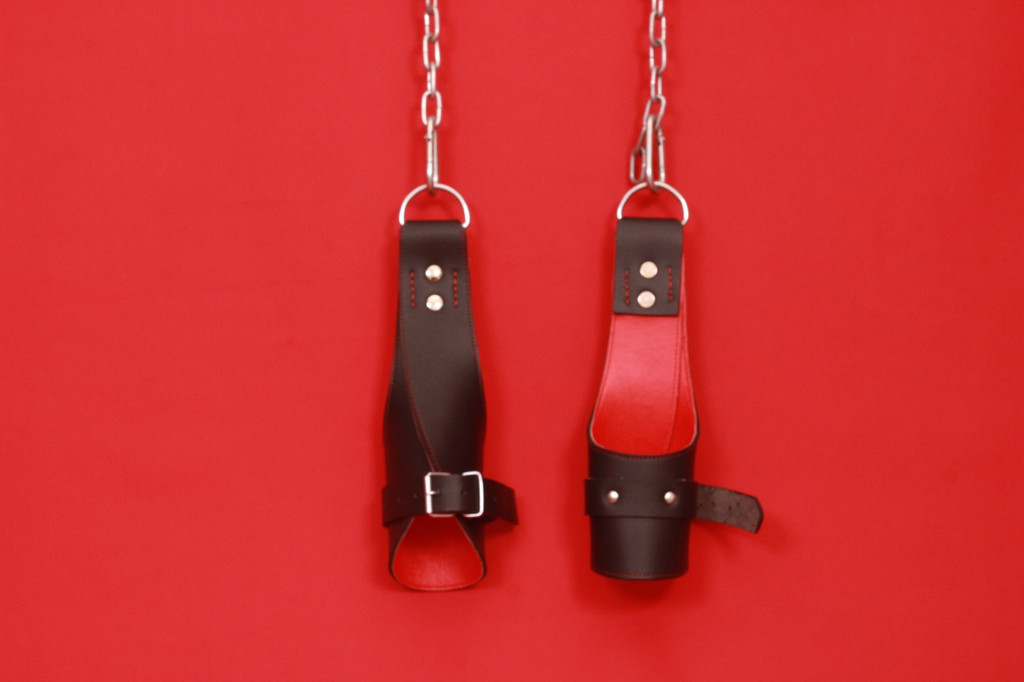BDSM suspension refers to the practice of binding a person in such a way that they are suspended off the ground, typically using ropes or specialized harnesses. This form of bondage can create intense sensations, both physically and psychologically, making it a popular choice within the BDSM community. Suspension has historical roots in various cultures, often serving both practical and ritualistic purposes. Today, it has evolved into an art form, combining elements of trust, communication, and creativity. Explore Our BDSM Suspension Collection to discover a range of equipment and harnesses designed to enhance your experience safely and creatively.
Safety Considerations in BDSM Suspension
Importance of Consent
Before engaging in any BDSM activity, especially one as intense as suspension, clear and enthusiastic consent is paramount. All parties involved should discuss their limits, desires, and expectations beforehand. Consent should be ongoing; participants should feel comfortable communicating their needs throughout the experience.
Risk Assessment and Mitigation
Suspension comes with inherent risks, including physical injury and psychological distress. It’s essential to conduct a thorough risk assessment before starting. Consider factors such as the suspension height, type of equipment used, and the physical condition of the person being suspended. Having a safety plan in place, including access to cutting tools in case of emergency, is crucial.
Important Equipment for Suspension
Types of Ropes and Materials
The choice of rope is vital for a safe and enjoyable suspension experience. Natural fibres, such as hemp and jute, are popular choices for their strength and texture. Synthetic ropes, like nylon, offer durability and ease of care but may require additional knowledge to handle safely. It’s essential to understand the properties of different materials and their suitability for various techniques.
Harnesses and Other Gear
In addition to ropes, several harnesses are specifically designed for suspension. These can provide a more even weight distribution and added comfort for the person being suspended. Common types include chest harnesses, hip harnesses, and full-body harnesses. Additionally, carabiners, rings, and suspension points are necessary for secure attachment.
Basic Techniques of BDSM Suspension
Single Point Suspension
Single point suspension involves attaching the individual to a single point above them, allowing for a unique experience of freedom and vulnerability. This technique can create a sense of floating, as the body swings gently with movement. However, it requires careful positioning to ensure the safety and comfort of the suspended person.
Double Point Suspension
Double point suspension uses two attachment points, providing more stability and control than single point suspension. This technique allows for various poses and angles, making it versatile for different experiences. Proper technique and tension management are critical to avoid injury.
Floor Work and Low Suspension
Floor work, or low suspension, is an accessible entry point for those new to suspension. This technique involves suspending the individual just above the ground, allowing for safer exploration of sensations and positions. It’s an excellent way to build trust and familiarity with suspension practices without the risks associated with higher elevations.
Advanced Suspension Techniques
Creative Positioning and Design
Once you’ve mastered the basics, there are numerous ways to explore advanced suspension techniques. Creative positioning can include intricate designs that enhance the aesthetic appeal of the suspension while providing unique sensations for the suspended individual. Experimenting with different poses can add an artistic element to the experience.
Dynamic vs. Static Suspension
Dynamic suspension involves movement, where the suspended individual is allowed to swing or shift positions. This can enhance the thrill and sensation of the experience. Static suspension, on the other hand, keeps the person in a fixed position. Each method offers a distinct experience, and understanding the differences can help participants choose what suits them best.
Communicating During BDSM Suspension
Establishing Safe Words
Effective communication is vital in any BDSM practice, and establishing safe words is an essential part of this process. Safe words are predetermined words or phrases that indicate the need to pause or stop the activity. This allows participants to maintain control and ensures that everyone feels secure during the experience.
Non-Verbal Communication Signals
In addition to safe words, non-verbal communication signals are essential, especially in suspension, where verbal communication may be challenging. Agree on specific gestures or movements to indicate comfort, discomfort, or the desire to adjust the position. This enhances the experience by ensuring that both parties remain aware of each other’s comfort levels.
Aftercare in BDSM Suspension
Importance of Aftercare
Aftercare is an essential component of any BDSM experience, including suspension. It involves providing emotional and physical support to the suspended individual after the activity has ended. This practice helps participants transition back to a normal state and can strengthen the bond between partners.
Suggested Aftercare Practices
Aftercare can vary based on individual needs but may include physical health care, such as gently rubbing sore muscles or offering hydration. Emotional support is equally important; engaging in open conversations about the experience can help both parties process their feelings. Cuddling, blankets, or a warm bath can also provide comfort during this time.
Conclusion
BDSM suspension can be an exhilarating and intimate experience when approached with care and communication. By prioritising safety, understanding techniques, and engaging in aftercare, participants can explore this art form confidently, enhancing their connection and enjoyment in the realm of BDSM.
If you wanna read about health more check out this.







